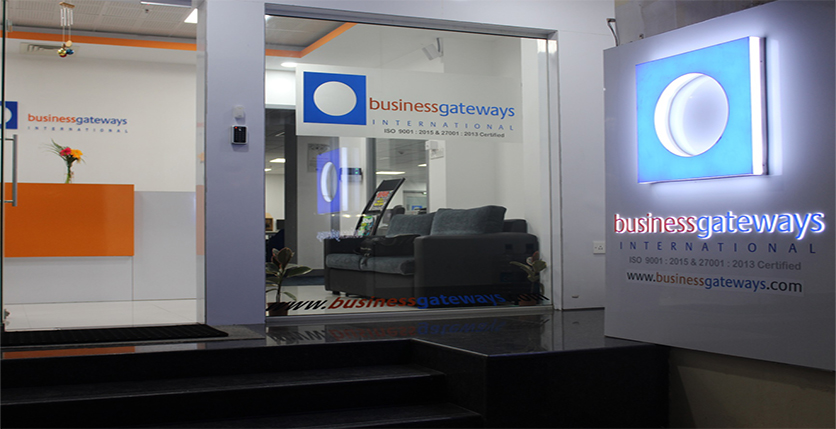Before the advent of cloud service providers, magnetic tapes were used to store archive material in environmentally clean and physically secure facilities.
When we talk about 2022, we usually refer to the metaverse, NFTs, and an online world. Everything that is available offline must also be available online. We look at photos and reviews online before visiting a new cafe. We check the price of something online before purchasing it at the local market. As a result, it’s safe to say that the majority of offline markets are now available online. That is why data is now stored in clouds and drives rather than floppies or files.
Before the advent of cloud service providers such as Iron Mountain, magnetic tapes were used to store archive material in environmentally clean and physically secure facilities. As time passed, organisations began to store archived data on rotating hard drives, fibre optic storage, and solid-state discs. IT managers are concerned about the cost of data storage. The good news is that advances in storage technology, primarily provided by cloud-based data archiving companies and collocation-based archiving providers, have assisted in lowering that cost.
However, when such sensitive data is stored online, there is a high risk of data theft or corruption. When there is no backup, the chances of a business losing money increase. To avoid such losses, most businesses prefer to use online data archiving services. If you own a business and have encountered such a problem, this blog will answer all of your questions. But first, let’s define all of the terms associated with your problem!
The Benefits of Data Archiving
Savings on expenses
Data is typically stored on low-performance, high-capacity media that requires less maintenance and operation.
Faster backup and restore speeds
Archiving removes backup data, reducing its size and preventing unnecessary files from being restored.
Data loss prevention
Data loss is avoided by archiving, which limits the ability to edit data.
improved security.
Document archiving keeps them from being circulated, lowering the risk of a cyberattack or malware infection.
Built-in regulatory compliance procedures ensure that records are kept for the appropriate amount of time, and indexing makes data more accessible.
What is the Data Storage Process?
All data storage methods are other computers to which you can save important files.
Methodologies of Traditional Storage
Traditional storage is frequently used as a backup strategy for the cloud. It is normally only accessible while connected to the Internet connection where it is stored for security reasons. It will appear as a separate area network on your computer, and you may notice an e, f, or g disc. If customers require more storage, you can add more discs. The CDs can be removed, replaced, and copied as needed.
Traditional storage methods have the following key advantages:
Affordability
The time it takes to access data is reduced.
Scalability
Using a server (Hyper-Convergence)
Individual servers in a data centre, usually on your corporate site, store data in server-based or hyper-convergence storage. Businesses with sufficient financial resources can benefit from their speed and internal control. With hyper-convergence, you have access to multiple servers, and your data is striped across them.
With server-based or hyper-convergence storage, large racks of computer drives are linked together to provide secure storage for digital files.
Cloud computing storage
Cloud storage is a type of distance computing that allows you to access your data from any location at any time. The concept of cloud computing was first described as a “intergalactic computer network” in 1969, and it has made significant progress since then.
Flexibility, disaster recovery, automatic software updates, enhanced collaboration, and a “pay-as-you-go” economic pricing structure are some of the benefits of Cloud storage.
Cloud computing is the process of saving, deleting, or copying files from a large server located across the country or possibly the globe via the internet.
Every data storage method includes a physical component that keeps your data safe, secure, and out of the hands of unknown third parties.
While some file storage solutions are more secure than others, most businesses benefit from a combination of different file storage options.
It refers to a physical data backup option, such as storing data on a local server or hard drive.
Then, for added security, back it up to online or cloud storage.
Every business has a Data Lifecycle.
When it comes to managing your company’s data, storage is only one piece of the puzzle. The Data Lifecycle Management (DLM) cycle, which includes collection, access, consumption, storage, transfer, and deletion or purging, is an effective method for representing the ecosystem to which it belongs. By automating the data cleansing process, you can save money on CRM while also improving the quality of your backup data.
Cloud and on-premise data must go through all of these steps. Physical data storage raises many of the same concerns, such as integrity, quality, and security.
While physical padlocks and security measures can prevent on-premise data storage, digital versions can prevent cloud data storage.
- You can safeguard your cloud data by doing the following:
- It is critical to select a reputable cloud data storage provider that provides data encryption.
- It is a good idea to use two-factor authentication when accessing cloud data.
- Limiting user access and removing it when it is no longer required
- Password changes must be enforced on a regular basis.
Creating clear documentation and providing security training to team members Cloud data storage is less expensive per gigabyte than on-premise storage at lower data volumes because there is no hardware to purchase. However, long-term operating costs, particularly as data storage grows, can make it a not-insignificant line item on your budget report.
To keep costs down and best adhere to data protection standards, you can perform an initial clean up before backing up, schedule frequent data clean ups, and pay attention to the last stage of the DLM cycle: deletion or purging.
When a customer requests that their data be removed, it is critical to understand where it is stored. It becomes easier if all of your client data is in sync with a solution such as Operations Hub.
It takes a lot to build a business, so one must do everything in their power to ensure that it grows and does not fall. The methods listed above can assist businesses in learning about the various types of storage options available and selecting the best one for their needs. Not only that, but we’ve also discussed methods for businesses to protect their data. We hope that this blog has answered all of your questions about data storage and protection.


















